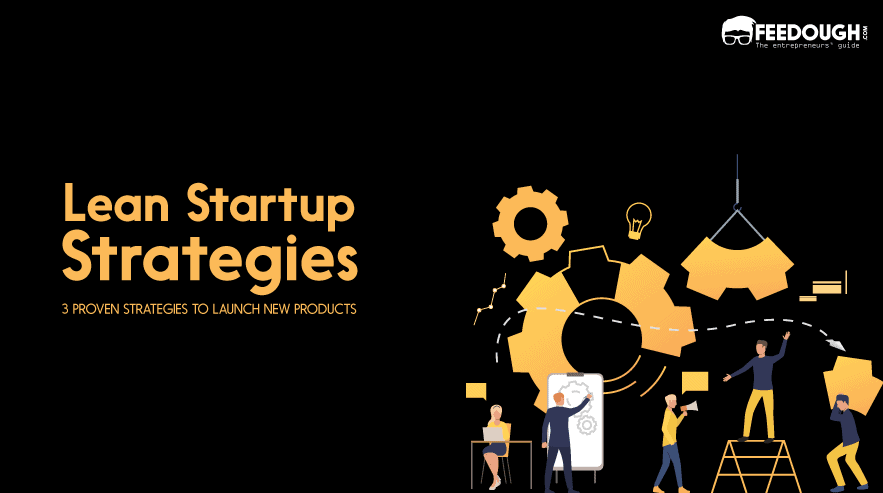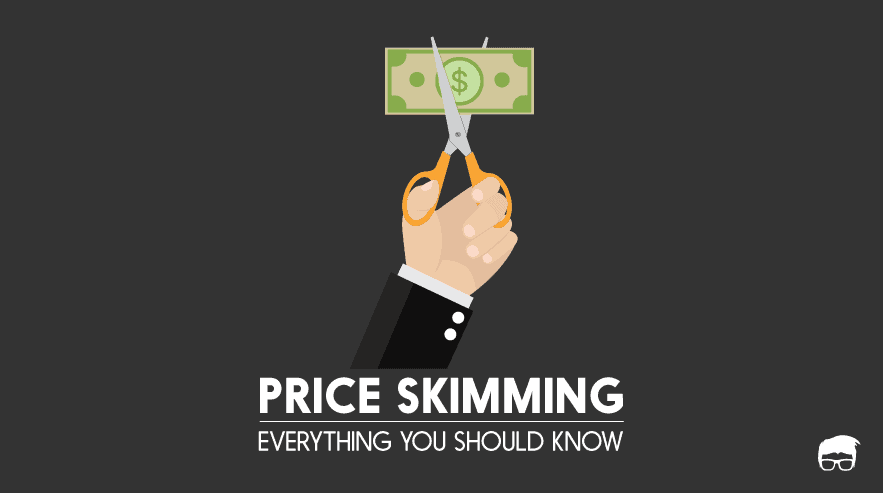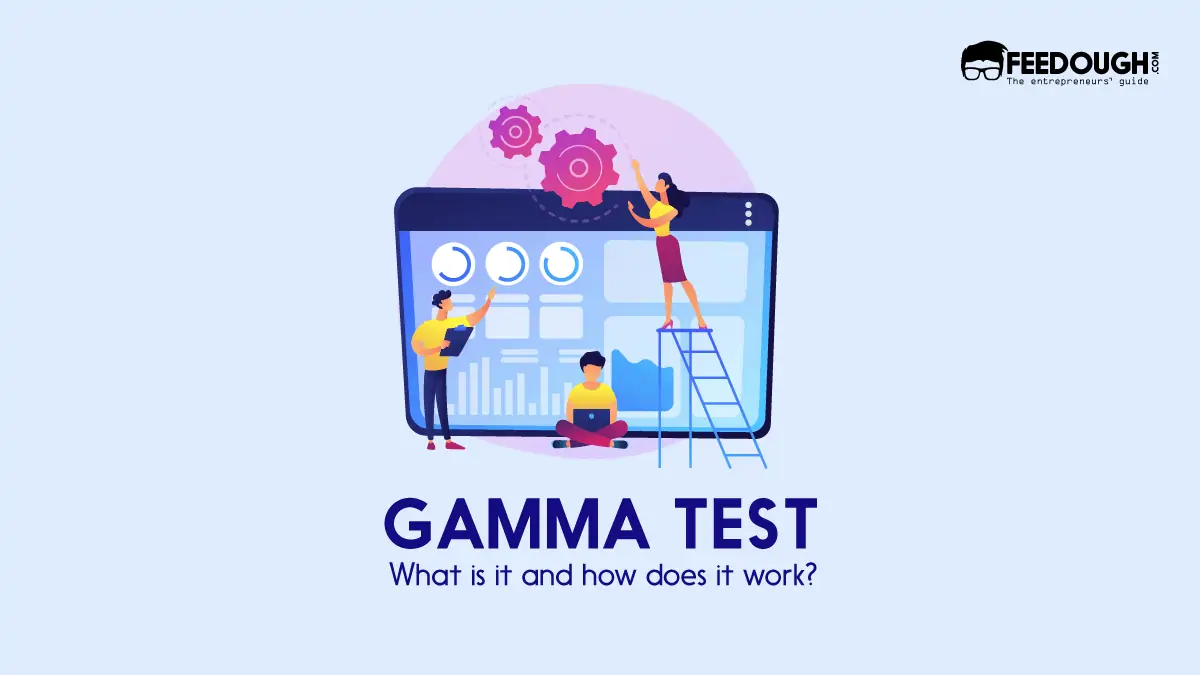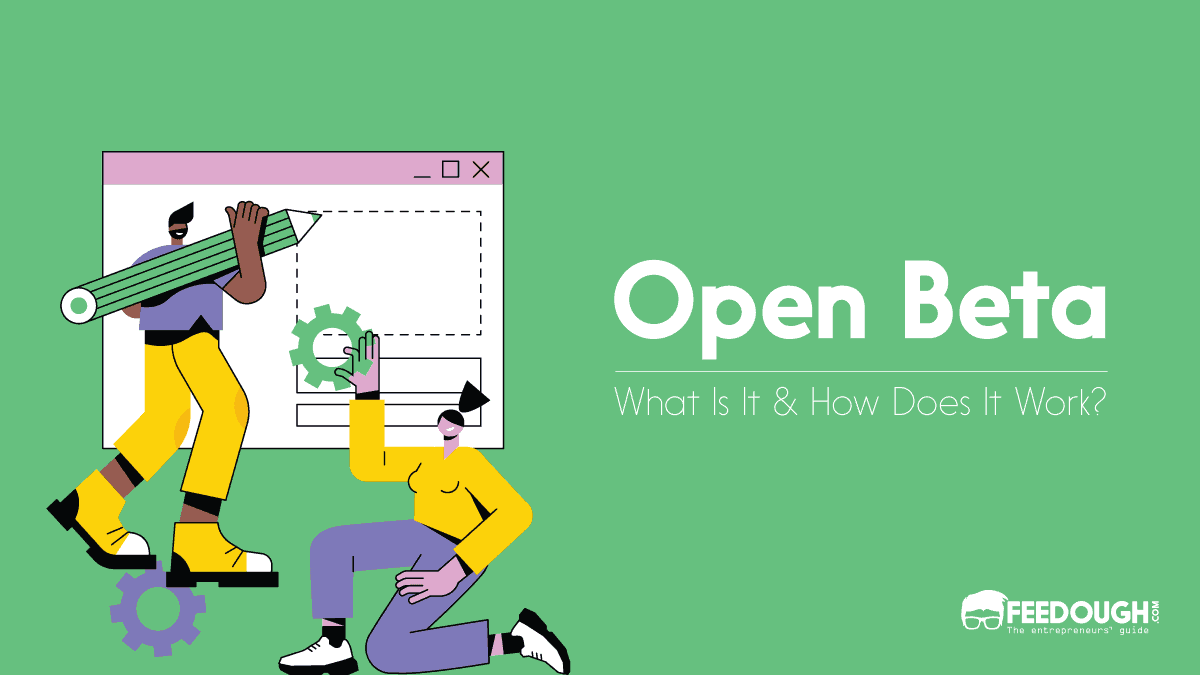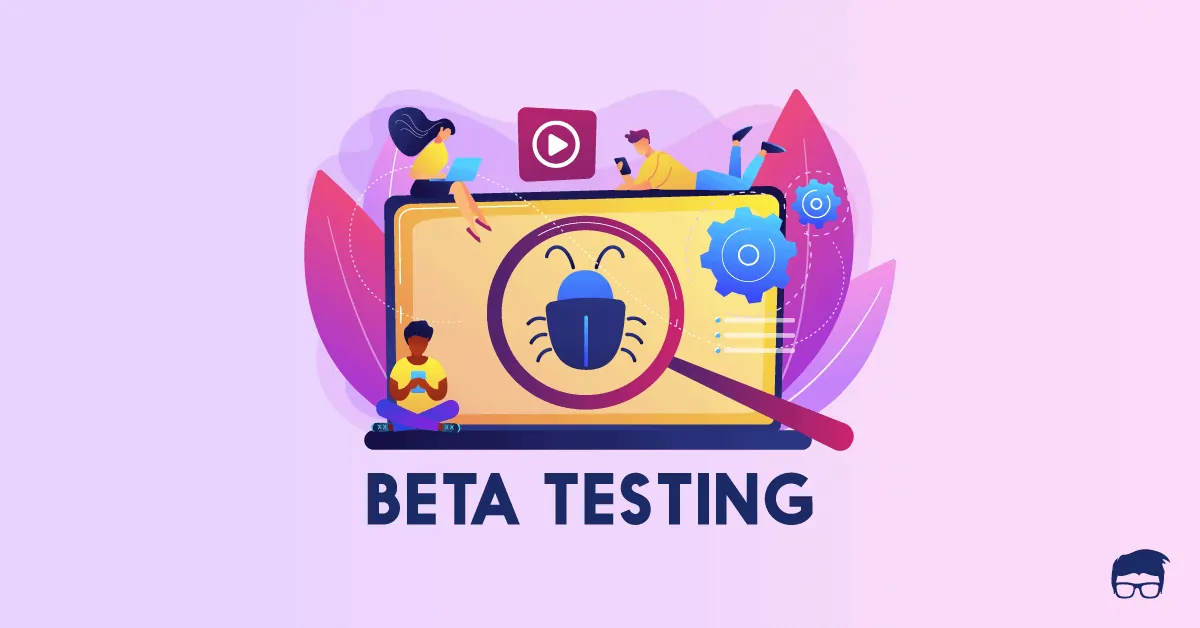In the face of cutthroat competition, businesses continuously strive to perfect their offerings. This is done to provide maximum utility to the customers.
A soft launch is one such way in which firms try to include their customer’s feedback and reviews to improve their product or service before actually hitting the market. It is like a test launch done after the offering is in place and is in its final stages of development.
To understand better, let’s look into soft launch meaning, importance, goals, advantages and disadvantages, marketing strategy, and some case examples.
What Is A Soft Launch?
A soft launch is a strategy whereby businesses launch their product or service to a limited audience before the scheduled official launch to make business operations effective.
In simple words, it:
- Is a strategy whereby businesses launch their product or service: A soft launch is an approach that companies employ to release their product or service for the first time before launching their final version of the product. This release is made only after the product or service has completed its development and is brought out for testing.
- To a limited audience before the scheduled official launch: It unfurls the product or service to a small, select audience before making it available to the broader general public. This launch essentially acts as a testing stage for the development and brings feedback and user data much before the official launch.
- To make business operations effective: A soft launch strategy is one of the best ways to gather data on consumer behaviour, which helps make business effective. This data helps improve the product, optimise the main launch, test for inefficiencies, bring innovations, etc. The response gathered through the soft launch helps modify the offering, contributing to the firm’s success.
How Long Does A Soft Launch Last?
A soft launch is like a rehearsal of the offering’s performance in the market. Different offerings have varying lifecycles; therefore, every product or service requires a different timespan for a soft launch.
The ideal time for a soft launch may vary from a few weeks to a few months depending upon many factors. The size of the target market, the geography of launch, psychology of users, the lifespan of the offering, the company’s budget for the launch, parameters to be tested, etc., are some factors that help decide its duration.
For example, the soft launch of a mobile application may vary from two to four weeks, while the same for a body toning oil may extend to a few months.
Why Is Soft Launch Important?
After the developmental stages of the product or service are complete and made available to the general public, a soft launch comes into the picture.
A soft launch acts as an accountability mechanism for the companies. This limited release to a section of the customer base allows the company to test and try its offerings. It gives the firm a chance to identify the irregularities and address them before actually hitting the market and thereby helps in accounting for the performance of their product or service.
Moreover, a soft launch acts as a catalyst for the business. The brands can gather valuable user data and gauge the users’ response through this small-scale preliminary launch before making the product public. Therefore these insights guide the changes and betterment of the offering by making it market fit. Consequently, this ensures a good response and growth in the market from the very start.
What Are The Objectives Of A Soft Launch?
A soft launch serves different purposes for different organisations. However, broadly the main goals that a soft launch aims to achieve are the following:
- Gather insights on consumer behaviour: A soft launch unveils a brand’s product or service for use for the first time to a limited audience. The customers use the newly developed product or service and share experiences and valuable feedback. Therefore a soft launch helps to understand the psychology of the users and defines a user experience around the product. For example- firms may understand the emotional quotient attached to their offering by recording users’ responses and reactions, the likeness of reusing the product, etc.
- Optimise the offering: The part release of the product via a soft launch helps the companies to tailor their offerings to best suit the users. During the soft launch, when the user uses the product or service, their experiences bring out critical shortcomings that have gone unnoticed during the production process. These inadequacies are then taken care of by the company, for example, in the case of an edible product modifying the ingredients to get the generally likeable taste, packing in smaller lots according to customer needs, etc.
- Build an effective marketing strategy: A soft launch is done with minimal or no marketing efforts by the concerned brand. Therefore when the offering goes public without any paid marketing efforts, the firm can determine what communication channel and mode of advertising are most effective for their prospective audience. The insights into consumer behaviour also help firms choose the best promotional technique to campaign their offerings. For example- paid marketing can be done through video ads if the visual product demonstration sells the product better.
- Create a buzz: Every business offers a unique selling proposition to its customers. Through the initial soft launch, companies can use all the market tactics to introduce their product or service to create a buzz about it. Moreover, if their offering proves worthy to the customers, they would indulge in the word-of-mouth publicity and create a sensation about the product they tried. It, in turn, develops a demand in the market even before the product is made available widely.
- Define the success criteria: Once the soft launch is made, the companies can map the acceptance of their product and service through the response it generates. This helps the firms to estimate the approximate demand and worth of their offering in the market and sets the stage for the main launch of the product or service.
What Are The Advantages Of A Soft Launch?
A soft launch aids the company in several ways. A soft launch has the following merits and comes helpful in:
- Saving costs: A soft launch is cost-effective compared to the main launch. With minimal money paid for spreading out the offering, maximum is received in actual user data and consumer feedback. Moreover, if the product or service concerned is released in stages for trial, every feature can be tested through a different soft launch to save costs by directly launching the main product.
- Vigilance: The section of the customers that use the product or service for the first time during the soft launch give personal feedback. These reviews are taken into consideration to offer the product or service that benefits the customer in the best way. Companies can use these insights and incorporate changes in their offering before entering the market. For example, features can be prioritised, refined, and reshaped according to the target audience’s preferences.
- Additional testing: A soft launch is like an additional test to the product or service before its official launch in the marketplace.User experience for the first time highlights the inefficiencies and helps detect and fix the flaws of the offering quickly. As the brand is launched to a limited audience only, the risk of losing the brand reputation in case of deficiencies is also low.
- Silent marketing strategy: A soft launch enables the users to test the product or service and avail of its latest features. A step-by-step launch of the product/service features excites the users and keeps them hooked to the brand. It essentially silently markets the product by pulling the potential customers, thus making the final launch successful.
What Are The Disadvantages Of A Soft Launch?
Now let’s look into some demerits of a soft launch. It is:
- Risky: Soft launching the product/service means revealing the brand’s unique selling proposition. There are chances that competitors may copy the idea and introduce the same with modified features in the market before the original product launch. Therefore soft launching is a risky venture as there is a constant threat of sabotaging the product or service.
- Time-taking: The entire soft launch process involves a series of steps. It takes time to decide on the goal, devise a strategy, fix a budget, decide the target audience, etc. Therefore building a plan and then executing the soft launch takes around two to four months, which extends the time in reaching the market.
- Costly: Although expenses on a soft launch are lesser than a hard launch, significant finances are required. A considerable investment of time and expertise is made while building a soft launch strategy. Moreover, funds are also necessary for propagating the product to the select audience and operational expenses, which add to a massive cost for the company.
- Inconsistent: A soft launch cannot be relied upon entirely. The market and consumer behaviour are unpredictable and change constantly. Therefore the response generated through the soft launch may not reflect actual results after the final launch. There is always a factor of inconsistency and uncertainty involved as far as projecting the demand is concerned.
Hard launch vs Soft launch
A hard launch is when the fully developed final product is released widely using intensive marketing efforts to the general public.
This kind of launch generates popularity, raises awareness, and gains market share. Moreover, the final offering should be the perfect exemplar of the brand’s USP without any flaws.
A lot of time and finances are invested in planning and executing a hard launch because the product has to hit the market with a bang. However, a hard launch benefits the firm due to its first-mover competitive advantage and substantial revenue gains in the market right from the beginning.
Whereas,
A soft launch is when the product/service in its final stages of development is released with minimal marketing efforts to a smaller select audience.
This kind of launch aims to gather consumer response and feedback data, enhance the USP through continued development, and create a buzz around the offering. Therefore, the product/service to be released should strongly highlight the brand’s core value; however, it can still be changed for improvements.
Less time and money is invested during a soft launch because the offering is unveiled only partly, gradually rolling out the features and designs. However, it benefits the firm by getting early feedback, generating interest in the offering, and testing the product performance by extending the time to reach the broader market.
How To Build A Soft Launch Strategy?
There are numerous ways of adopting a soft launch marketing strategy. However, the following considerations are kept in mind while working up any soft launch strategy:
- Knowing the USP: Understanding the core value offered by the brand’s offering is the first step of planning a soft launch. Once the unique selling proposition is known, the launch targets the most relevant people, employing the most suitable techniques to spread the product.
- Fixing a budget: Financial capability of a company plays a huge role in rolling out the product. It decides the size of the launch, the marketing channel to be adopted for the launch, the duration of the launch, and overall expenditure on launch operations. Therefore sealing a budget of the soft launch fixes the spending limit and ensures efficiency.
- Identifying the users: Defining the characteristics of the users in line with the product’s USP is essential. Knowing the targeted people’s age, gender, preferences, location, and behaviour helps strategise a soft launch. These demographics make the launch smooth and valuable.
- Identifying the best place: Analysing the different locations of the target place and selecting the best location are the key to a soft launch. Locations with highly responsive and vigilant people would prove worthy for the company as they would give reviews and performance feedback of the launched product.
- Setting Key Performance Index (KPIs): Key parameters for measuring the performance of the launched product/service enables easy detection of the underlying problems. This also relieves the company of unnecessary expenditure for testing the entire product altogether.
- Monitoring response: During the soft launch, constant tracking of users’ responses is essential for guiding changes in the development of the final product to be launched. Inputs from users refine and reshape the offering to best suit the customers providing maximum utility.
- Fixing the glitches: After considering the user feedback and key performance indications, the irregularities are corrected, and modifications are done to make the offering market fit. This means that the final launch would succeed as the product has already been tested.
Soft Launch Case Examples
Organisations across the globe are working tediously to offer customers more than just a product or service. Yes! They are striving to give them the worth of their money. And some companies have amplified their success through soft launches.
Here are some leading case studies for the same:
Gmail
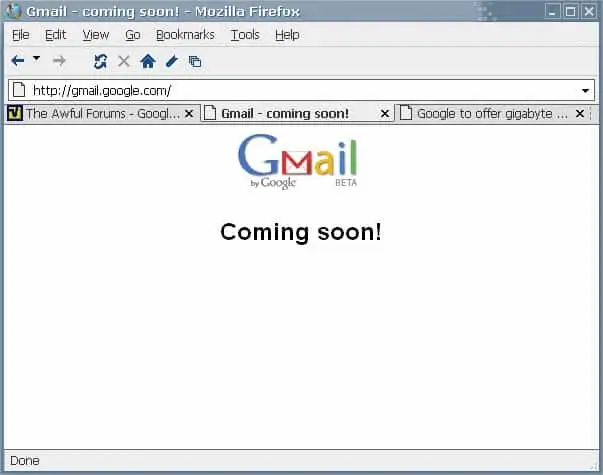
The free, ad-supported webmail service was soft-launched by Google in April 2004. When the platform first came out, it offered 1GB of free storage space available only to a limited group of people. The existing users could also only invite a few people to make Gmail registrations and create a Gmail account. Therefore having a Gmail account became prestigious and generated buzz around the product. This wide popularity drove millions to create a Gmail account when the platform was fully launched a year later, in 2005.
Pokemon Go
The free smartphone application combined gaming with the real world. The game used mapping and location tracking to create an augmented reality that set it apart in 2006.
The promoters first launched the app only in Australia and New Zealand in July 2006. Later the game attracted tons of popularity, forcing its outright launch worldwide within months. However, soon after the main launch, the game became unplayable due to the extreme server load.
On the one hand, the soft launch opened opportunities for the brand, while on the other hand, it also grimly reminded of the company’s inefficiency and poor infrastructural planning.
Go On, Tell Us What You Think!
Did we miss something? Come on! Tell us what you think of this article in the comment section.
A fervent reader, research maniac, and a go-getter with a knack for opinionated content. Janvi has actively contributed to educational institutions, startups, and non-profit organisations through her structured and expressive writings. Often found socialising, playing with dogs, and photographing.
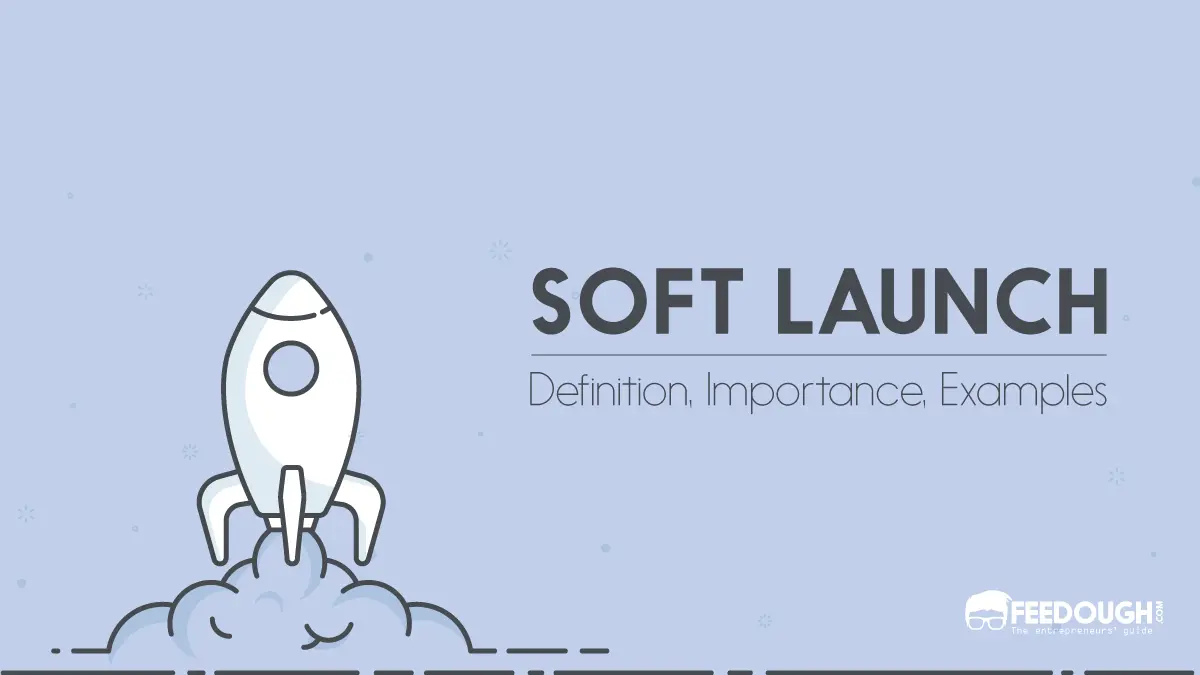
![Go-To-Market Strategy [The Ultimate Guide] go-to-market strategy](https://www.feedough.com/wp-content/uploads/2019/10/go-to-market-strategy.webp)
